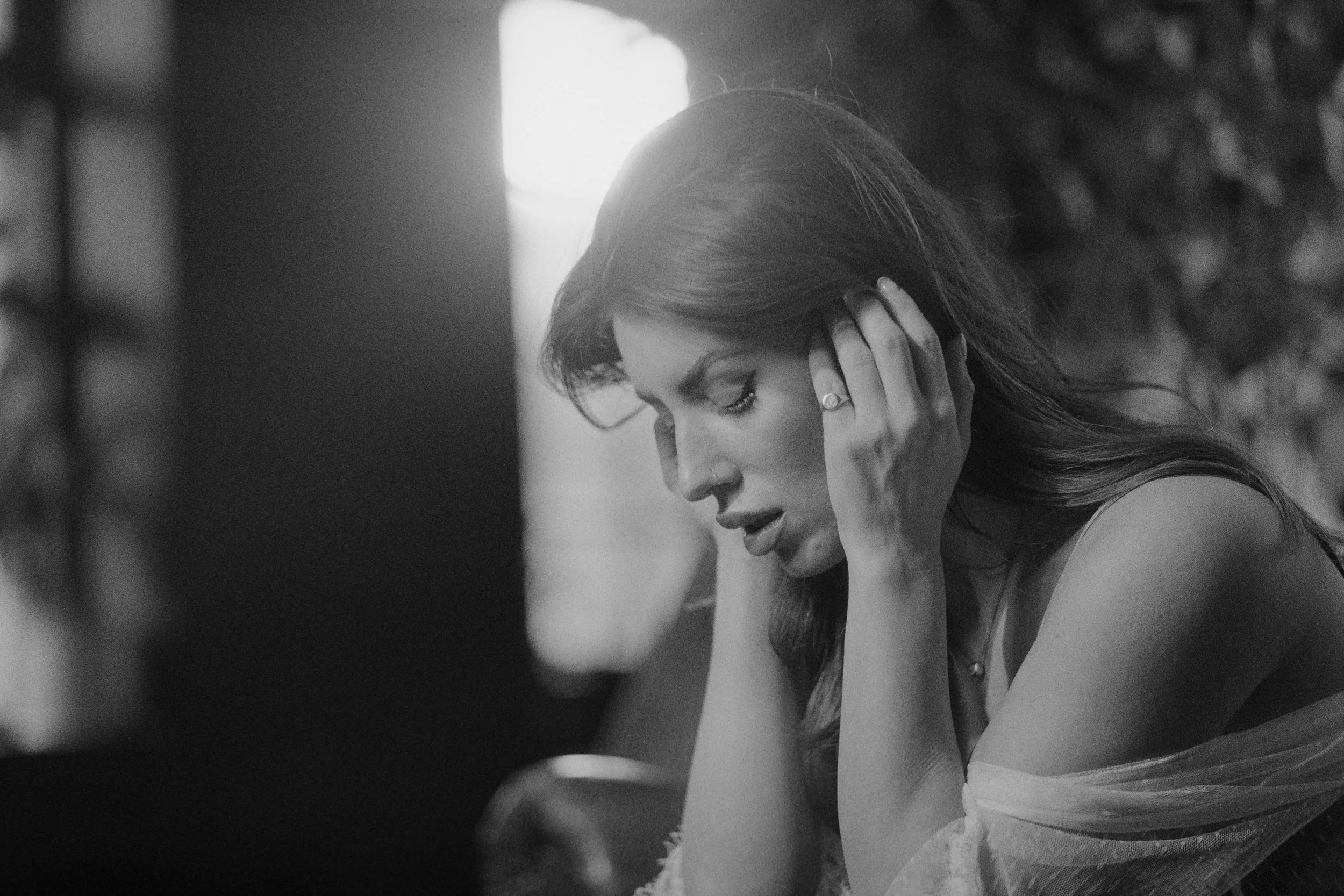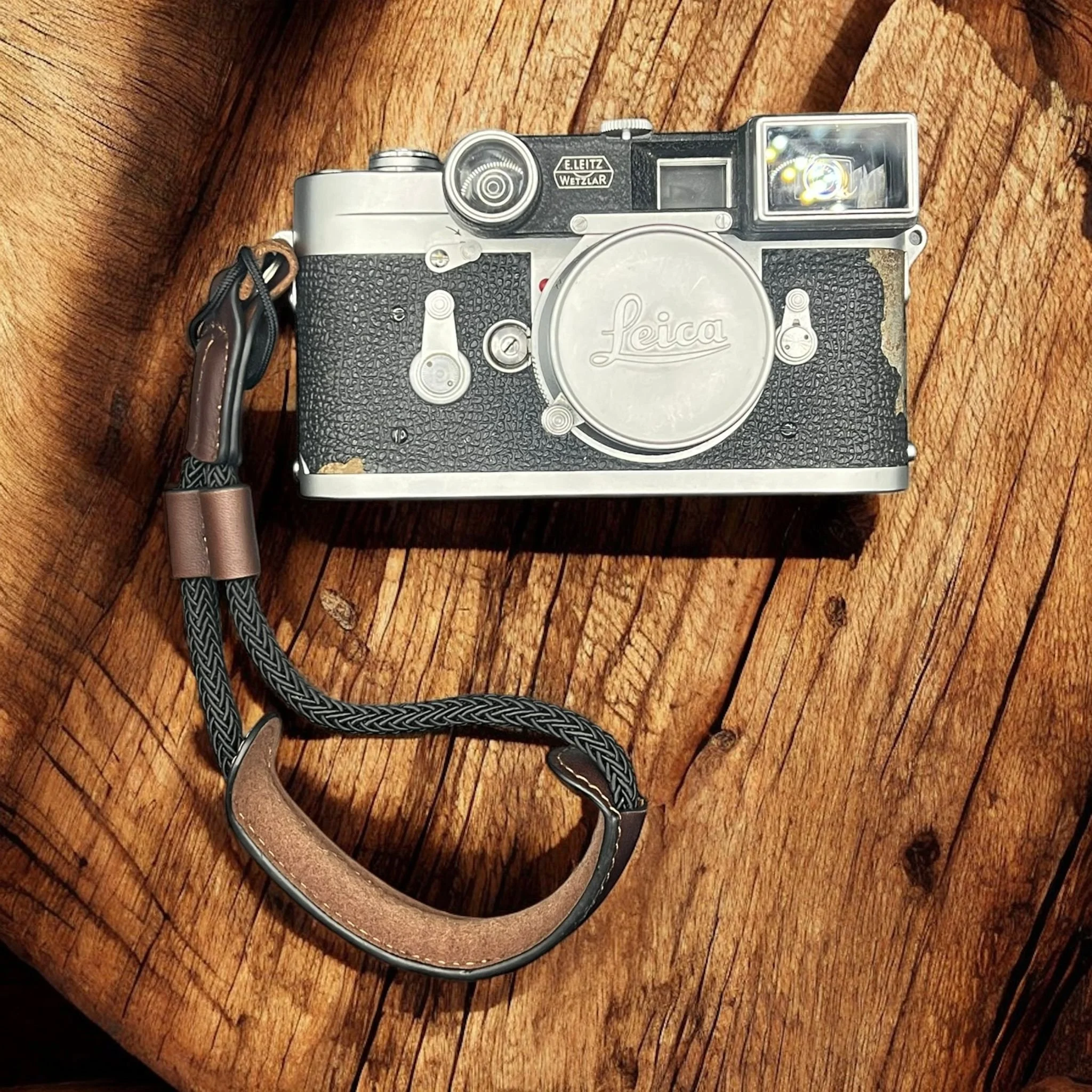Voigtländer Nokton 50 mm f/1.1 Review: Cinematic Rendering on Film for Portraits, Weddings, and Events
The Voigtländer Nokton 50 mm f/1.1 in M-mount is one of the few modern lenses built with an analogue-era expressive mindset. It is a tool designed to build atmosphere, depth, and tonal weight on film. In portrait sessions, weddings, and low-light events, it behaves with the authority needed for authored image-making. Used on the Leica M3 Double-Stroke as a mechanical work surface, the lens becomes a precise instrument for drawing scenes with intention and harnessing motivational light—whether shaped by controlled artificial lighting, directional window light, or mixed sources structured for coherence.
Leica M5 — The Last True Leica
Built between 1971 and 1975 in Wetzlar, the Leica M5 was the last M-series camera assembled entirely by hand under Leica’s traditional adjust-and-fit standard. Each body was finished, calibrated, and tested in the same small-team workshop system that had produced the M3, M2 and M4 — a method soon replaced by team-line assembly in Midland. When this process ended, so did the era of the “true” mechanical Leica.
Leica M3 Double Stroke Review — Precision, Permanence, Perfection.
The Leica M3 is the camera that changed how 35 mm rangefinders worked. It was the first Leica with a bayonet mount, the first with a single combined view and rangefinder, and the first that felt as if every control was designed around the photographer’s hand rather than the factory’s production line. Mine is a double-stroke version, serviced, used weekly, and it remains the most exact mechanical device I own. There are smoother cameras, lighter ones, quieter ones, but none that give the same sense of mechanical certainty.
Zeiss Sonnar 50mm f/1.5 (1939) — The Lens That Drew Light Before Colour
The 50mm f/1.5 Zeiss Sonnar from 1939 is one of the great optical designs of the last century. It belongs to an age before coating, before marketing language replaced observation. It was built to interpret light, not to control it. Mine is one of the last pre-war uncoated examples, mounted on a Contax IIa body from the early 1950s — the bridge between the pre-war world and the modern one.
Carl Zeiss Jena Pancolar 50mm f/1.8 Zebra Review — A Cinematic Classic with Radioactive Glow
There are vintage lenses you respect for their engineering, and then there are lenses you fall in love with because of how they render the world. The Carl Zeiss Jena Pancolar 50mm f/1.8 Zebra, in its radioactive 8-blade form from the late 1960s, is very much the latter. This is a lens that reminds you why character still matters — whether you’re shooting on film or adapting to digital.
The Lomography Daylight Developing Tank — My Final Impressions.
It’s not every day that a company like Lomography asks you to test a prototype. When their team invited me to run the new Daylight Developing Tank through its paces, I was genuinely pleased. Lomography has long been at the heart of keeping film culture alive worldwide, and being part of their R&D process — before the public even got a glimpse — was a privilege.
The result was a set of articles about my experience published across their international network in four languages.
The AGO Film Processor – A Modern Workhorse for Analogue Photographers
The AGO Film Processor bridges home development and lab-level consistency. From 510 Pyro to C-41 and ECN-2, it saves chemistry, compensates for temperature drift, and delivers repeatable, professional results at home. Not perfect, but a game-changer for anyone serious about film developing.
Lomography Daylight Development Tank – Prototype Review
Lomography UK recently reached out to me with an exciting proposition: test and review a prototype of their new Daylight Development Tank.
Ilford Delta 3200 Review: A Timeless Embrace of Shadow, Grain, and Mood
Ilford Delta 3200 has long been my film of choice for capturing intimate, atmospheric moments in low-light scenarios. There is an unmistakable magic that emerges when you push a high-ISO black-and-white emulsion like Delta 3200 to its limits.
Lomography Babylon 13 at ISO 6: Exploring Ultra-Low-Speed Mastery with a Leica M3 and 510 Pyro
Lomography’s Babylon 13 is already known as a strikingly low ISO black-and-white film, but pushing it further by rating it at ISO 6—or even ISO 3—invites a whole new level of experimentation for those of us who love the slow, methodical pace of analogue photography.











